Auxiliary Power Unit

An aircraft auxiliary power unit serves as an additional energy source normally used to start one of the main engines on an airliner or business jet. The APU is equipped with an extra electrical generator to create enough power to operate onboard lighting, galley electrics and cockpit avionics, usually while the aircraft is parked at the gate. Drawing bleed air from its own compressor, an APU also drives the environmental packs used to heat and cool the aircraft.
And most important,operating an APU negates the need to start one of the aircraft’s main engines while waiting for passengers to arrive, thereby saving on fuel and maintenance for a more expensive power plant.
In most cases, the APU is shut down before takeoff and reignited when the aircraft clears the runway after landing. While most of an APU’s active service life occurs as the aircraft sits on the ground, in some instances the APU is used as an emergency electrical power source while the aircraft is airborne.
The APU is a small turbine engine installed near the rear of the fuselage. But calling the APU an extra jet engine is not accurate because the turbine exhaust from the APU is vented overboard. A jet engine would be used to propel the aircraft forward.
This story is from the March 2018 edition of Flying.
Start your 7-day Magzter GOLD free trial to access thousands of curated premium stories, and 8,500+ magazines and newspapers.
Already a subscriber ? Sign In
This story is from the March 2018 edition of Flying.
Start your 7-day Magzter GOLD free trial to access thousands of curated premium stories, and 8,500+ magazines and newspapers.
Already a subscriber? Sign In
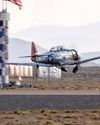
The Temple of Speed
Reno entices even this altitude-oriented pilot.

Flat Sixes
Fanatical artisans
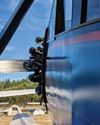
Blue over Green, Tent in Between
I’m old , I’m cranky. Why do I keep air-camping?
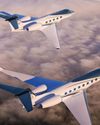
Gulfstream Reveals G400, G800
The product lineup gains large-cabin and ultralong-range mounts.
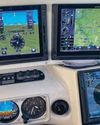
Every Airplane Requires a Checkout
Embrace the challenge of mastering a new machine.

Fuhggedaboutit
Fifty-plus years of f lying forgetfulness
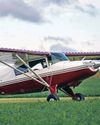
THE MAULE FAMILY APPROACHABLE AIRCRAFT
Choose your mount —the Maules do it all.

Sisters
“ Women certainly have the courage and tenacity required for long flights.” —Mildred Doran
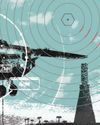
INSIDE OUT OR OUTSIDE IN?
What kind of pilot should you be?
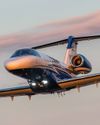
WE FLY: CESSNA CITATION CJ4 GEN2
THE FLAGSHIP CJ JUST GOT A WHOLE LOT BETTER.